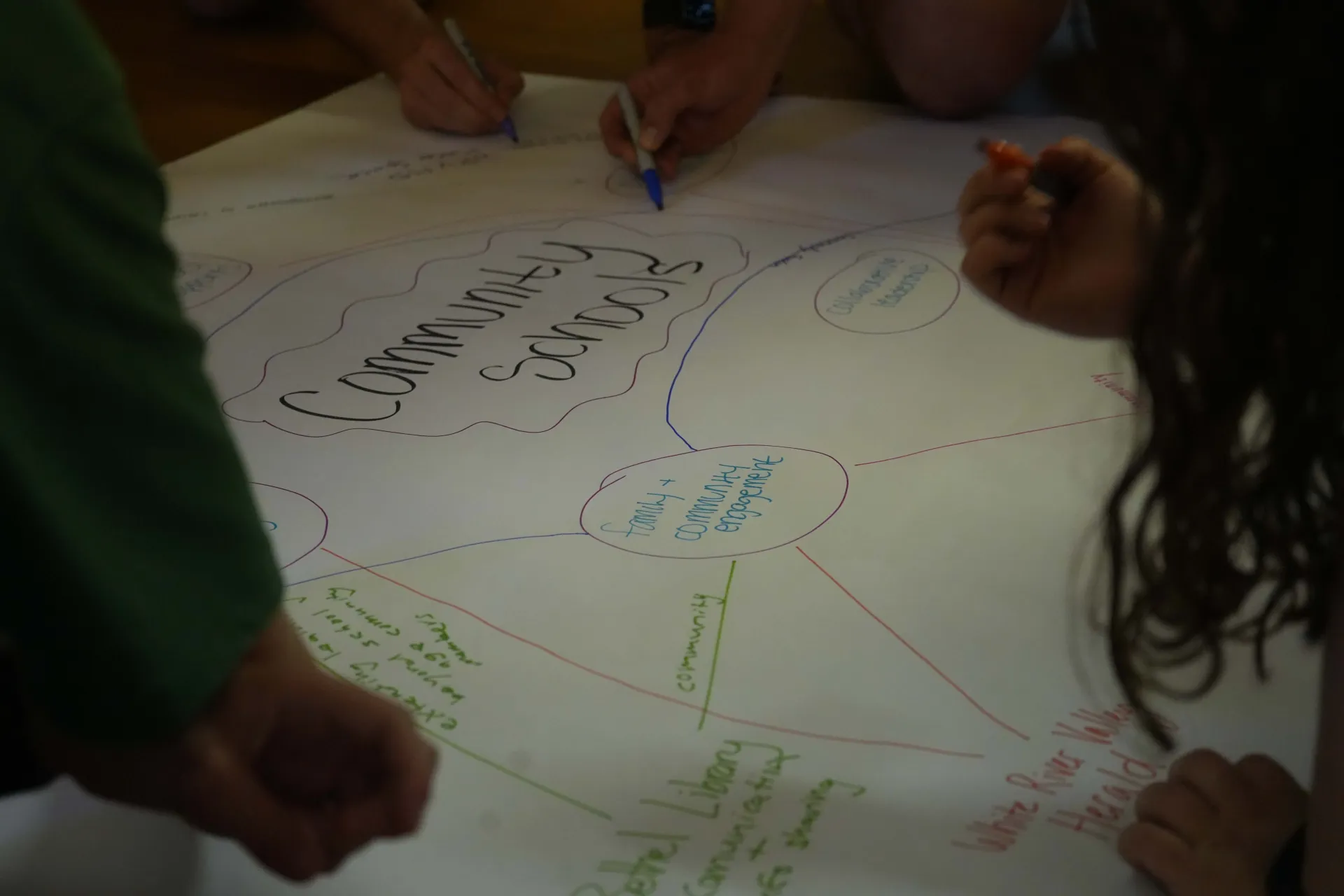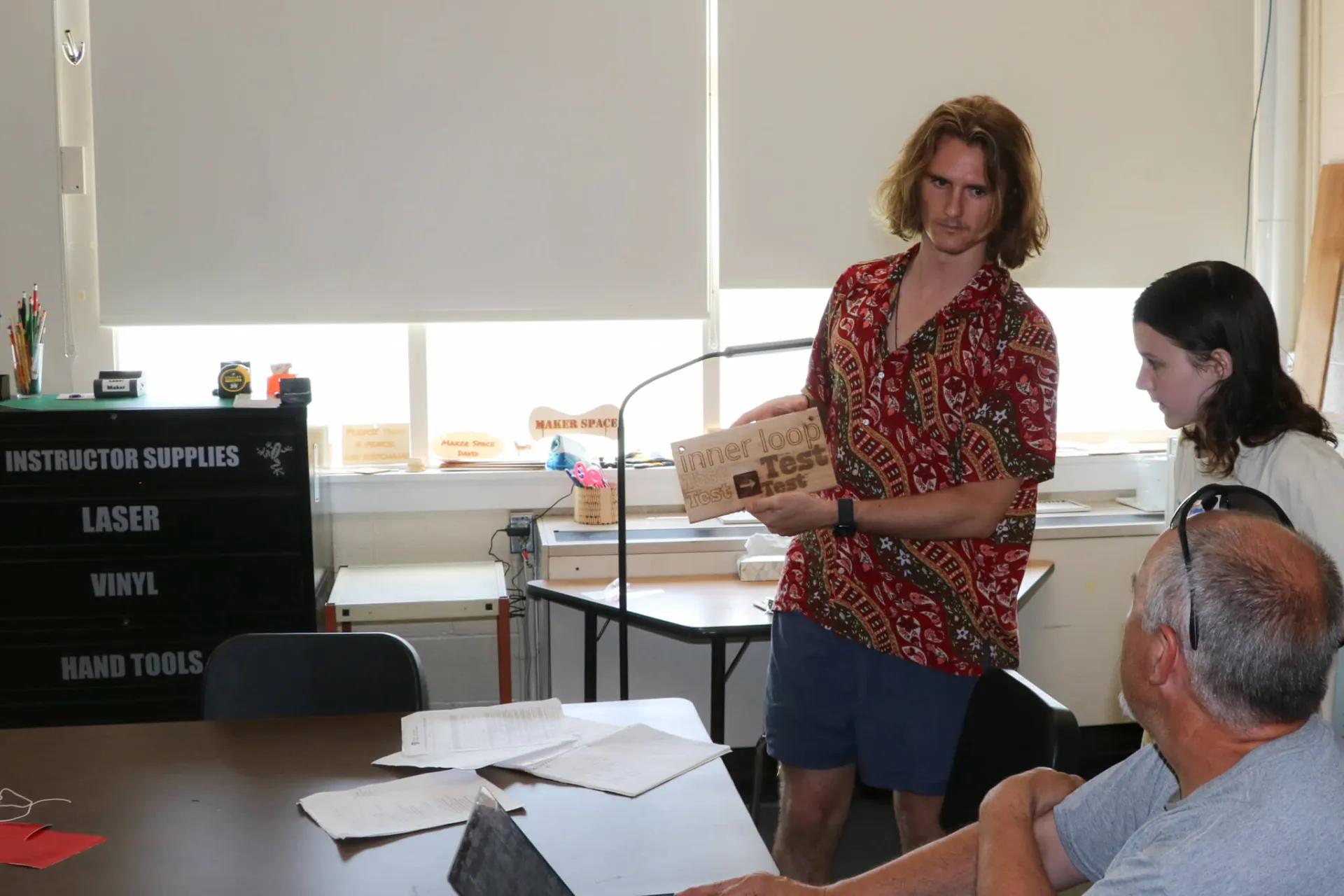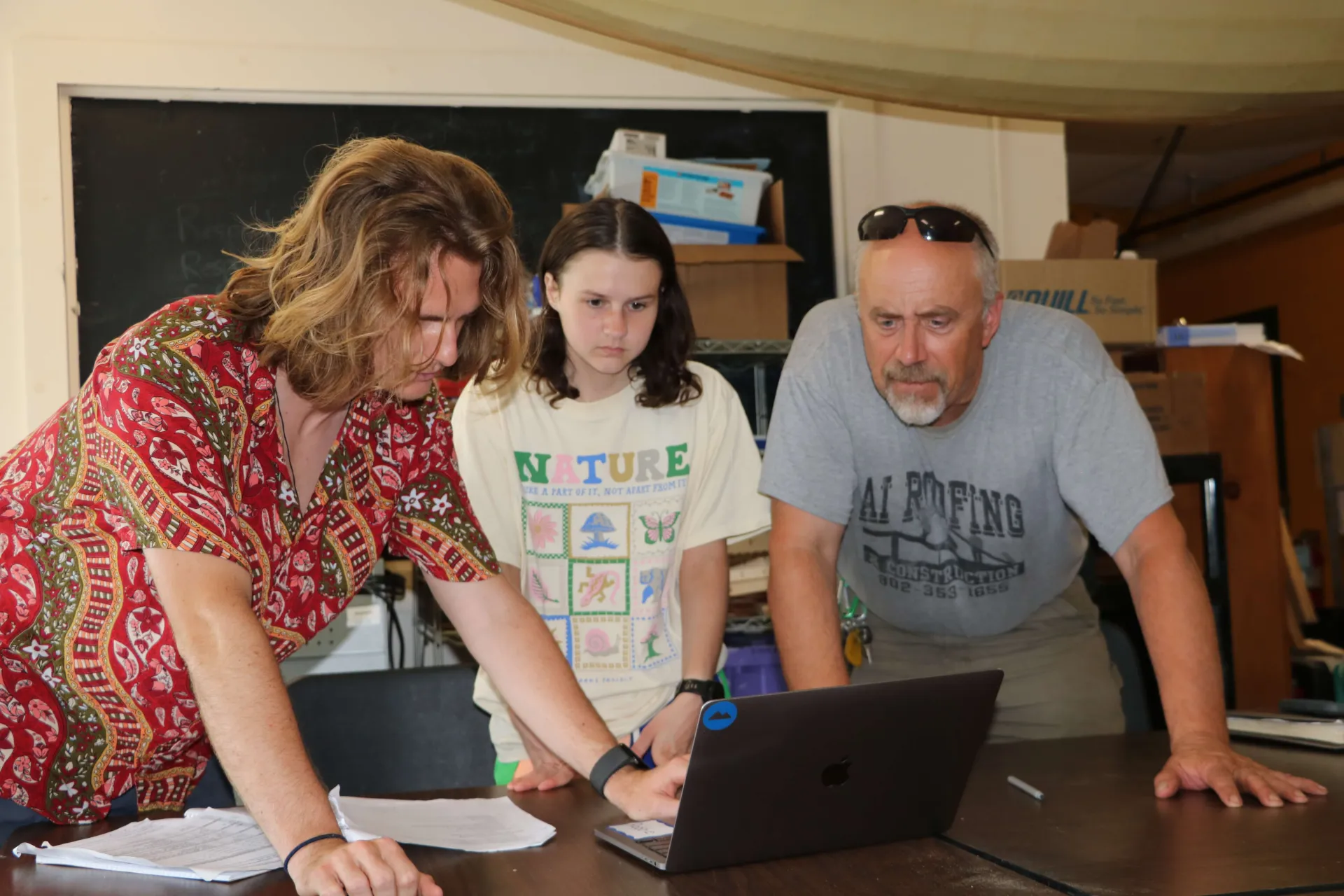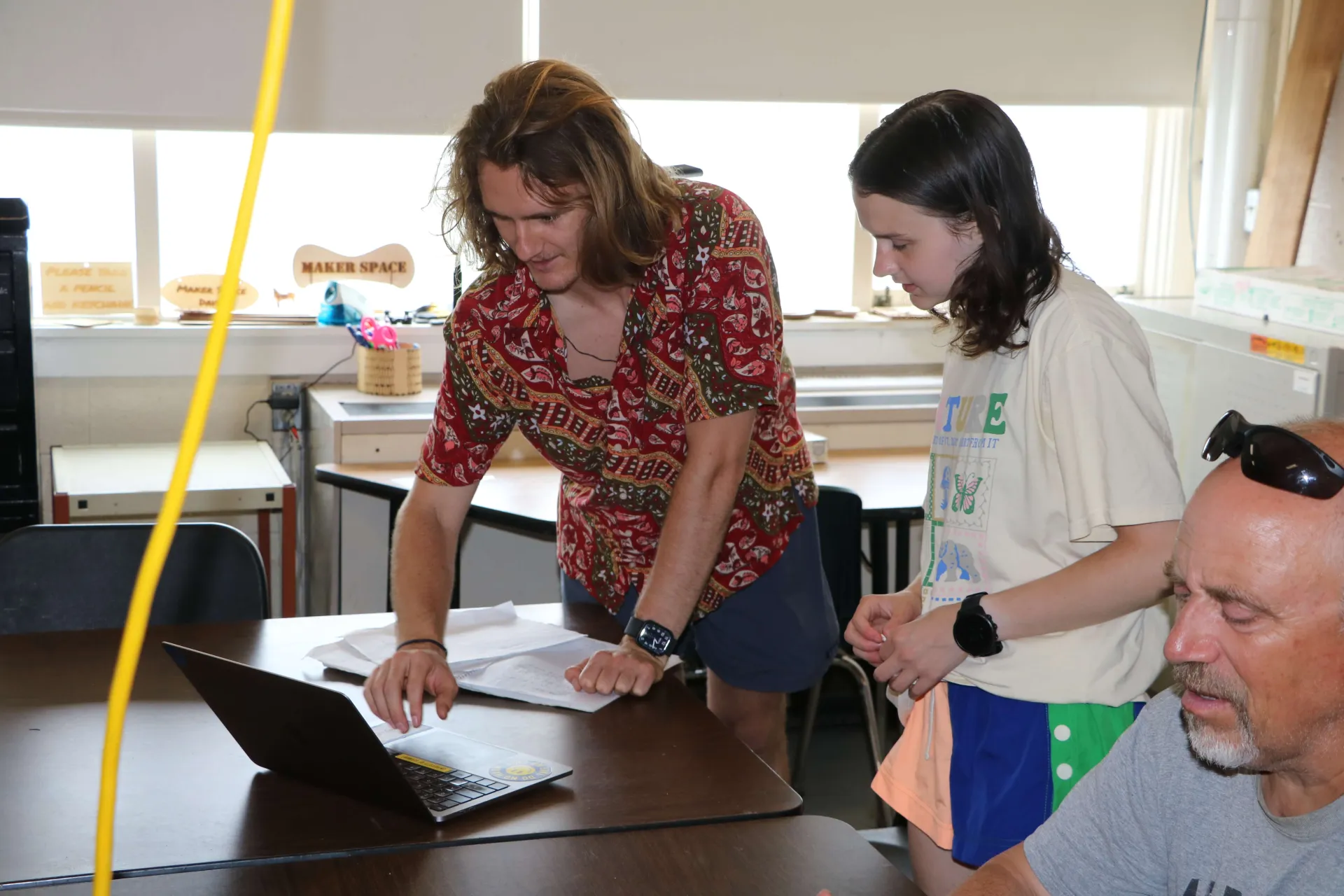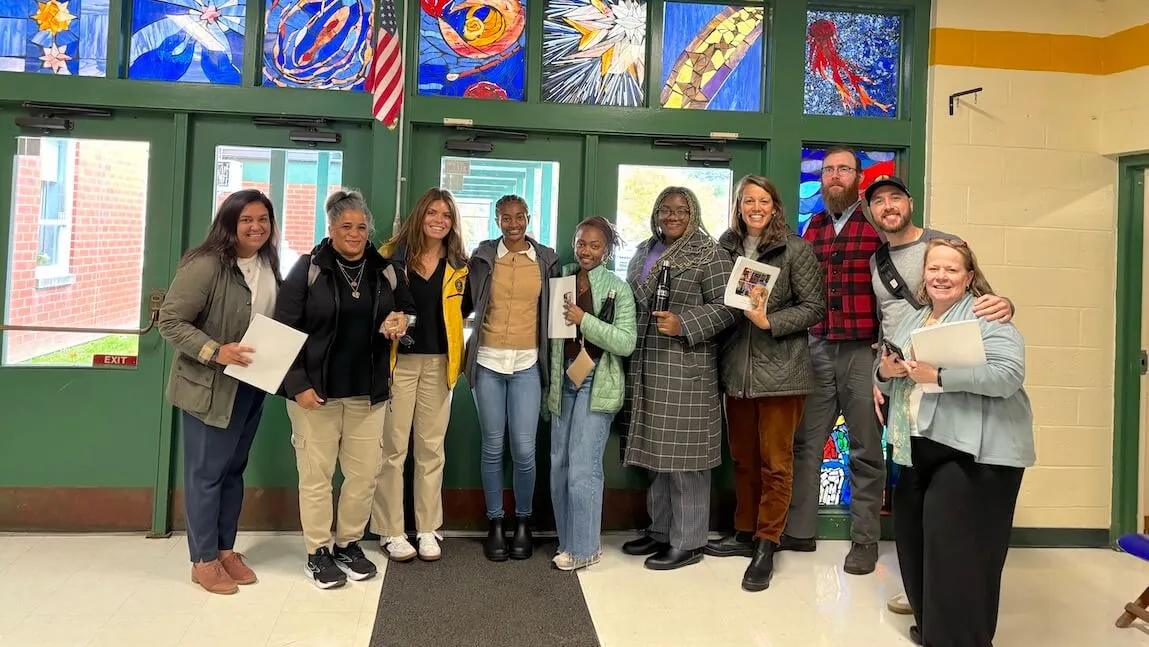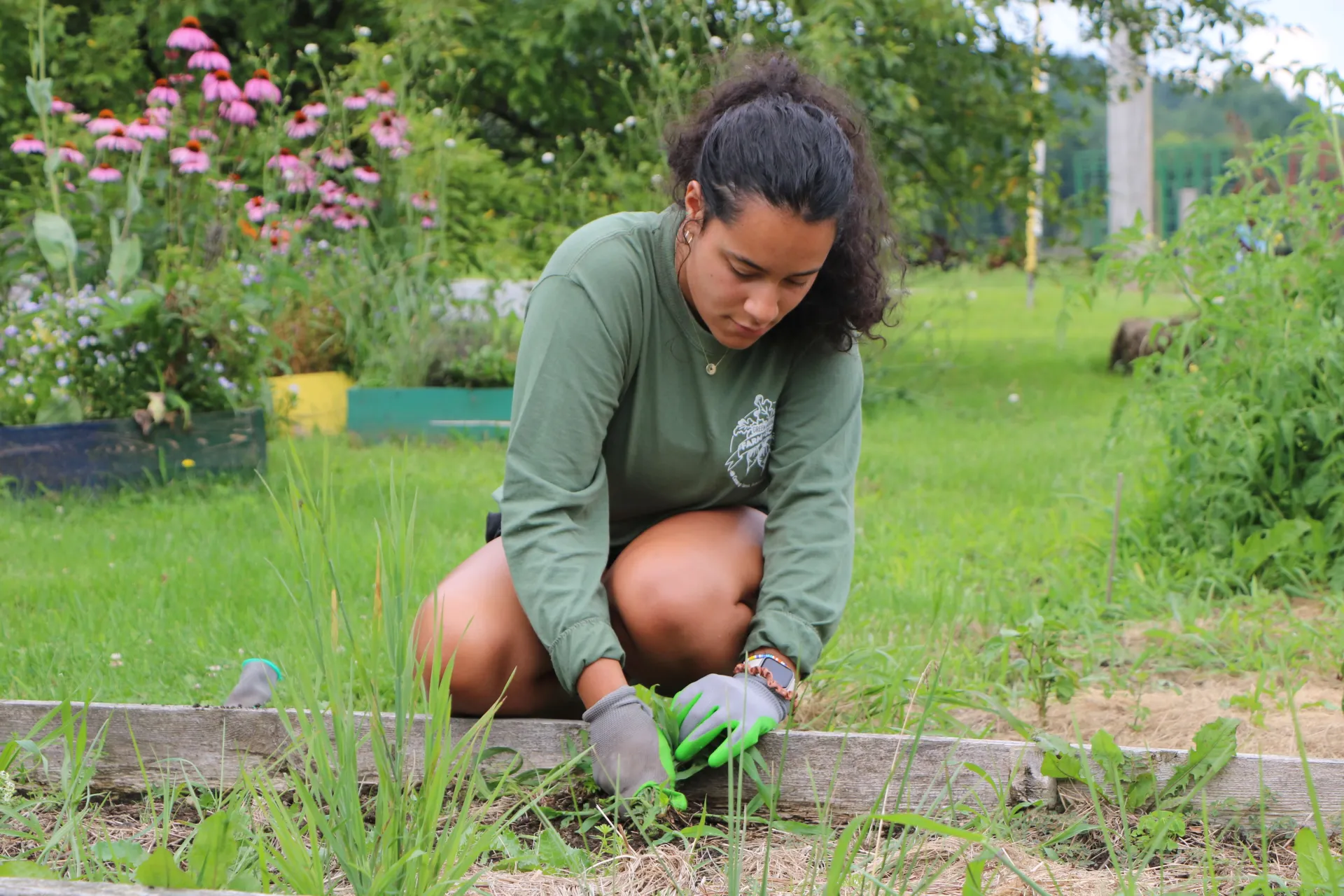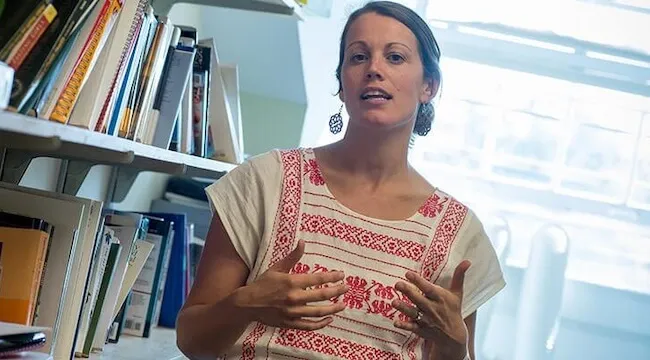The University of Vermont’s annual statewide internship cohorts are drawing to a close for the season. Now in its third year, the Leahy Institute for Rural Partnerships program has expanded into the White River Valley, supporting the region’s innovative “Community Schools” initiative.
This community development strategy shifts resources toward schools, positioning them as cultural hubs, especially valuable in smaller, more rural communities.
Below are a few brief dispatches from the current cohort of interns, sharing what they’ve been working on this summer:
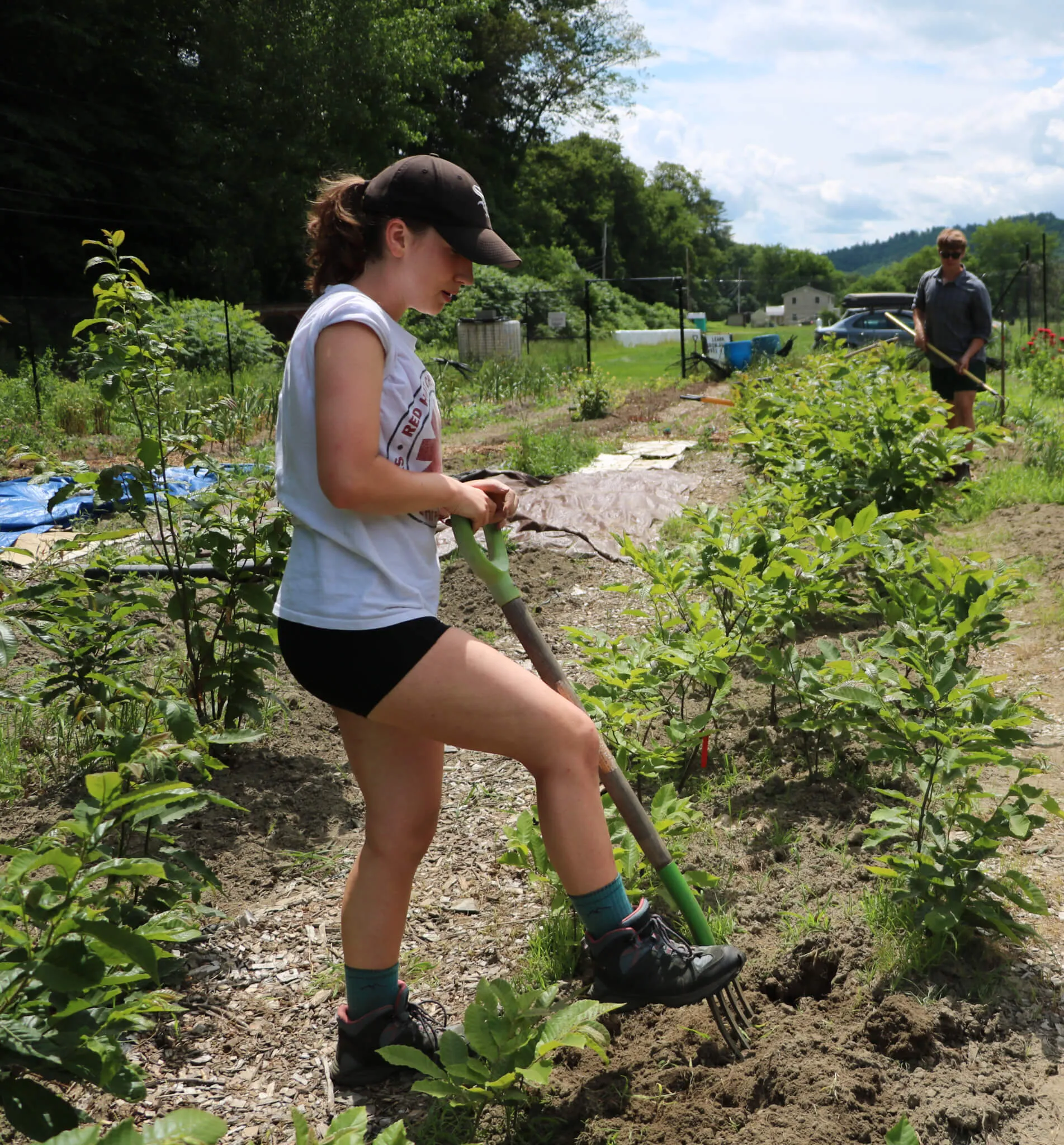
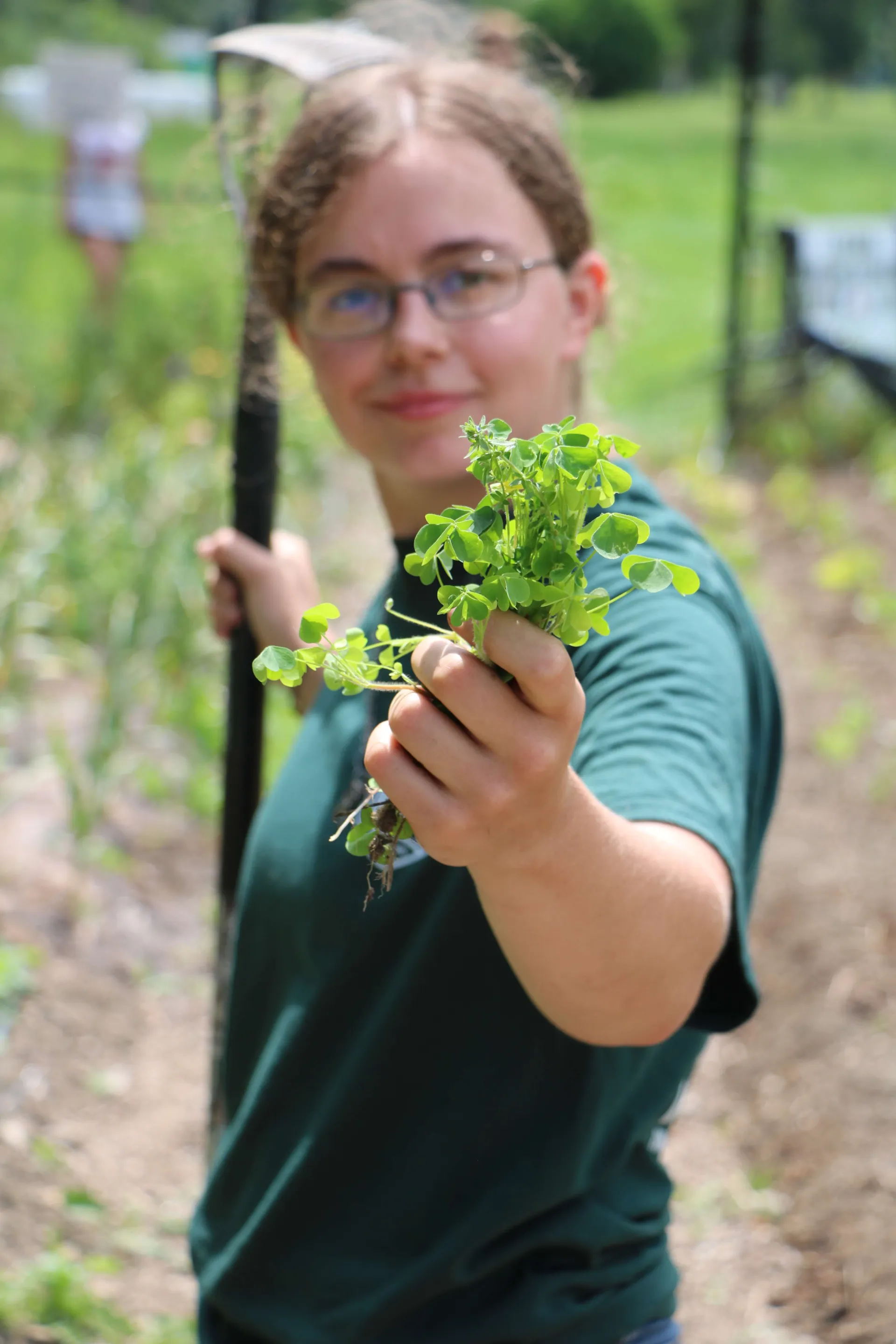
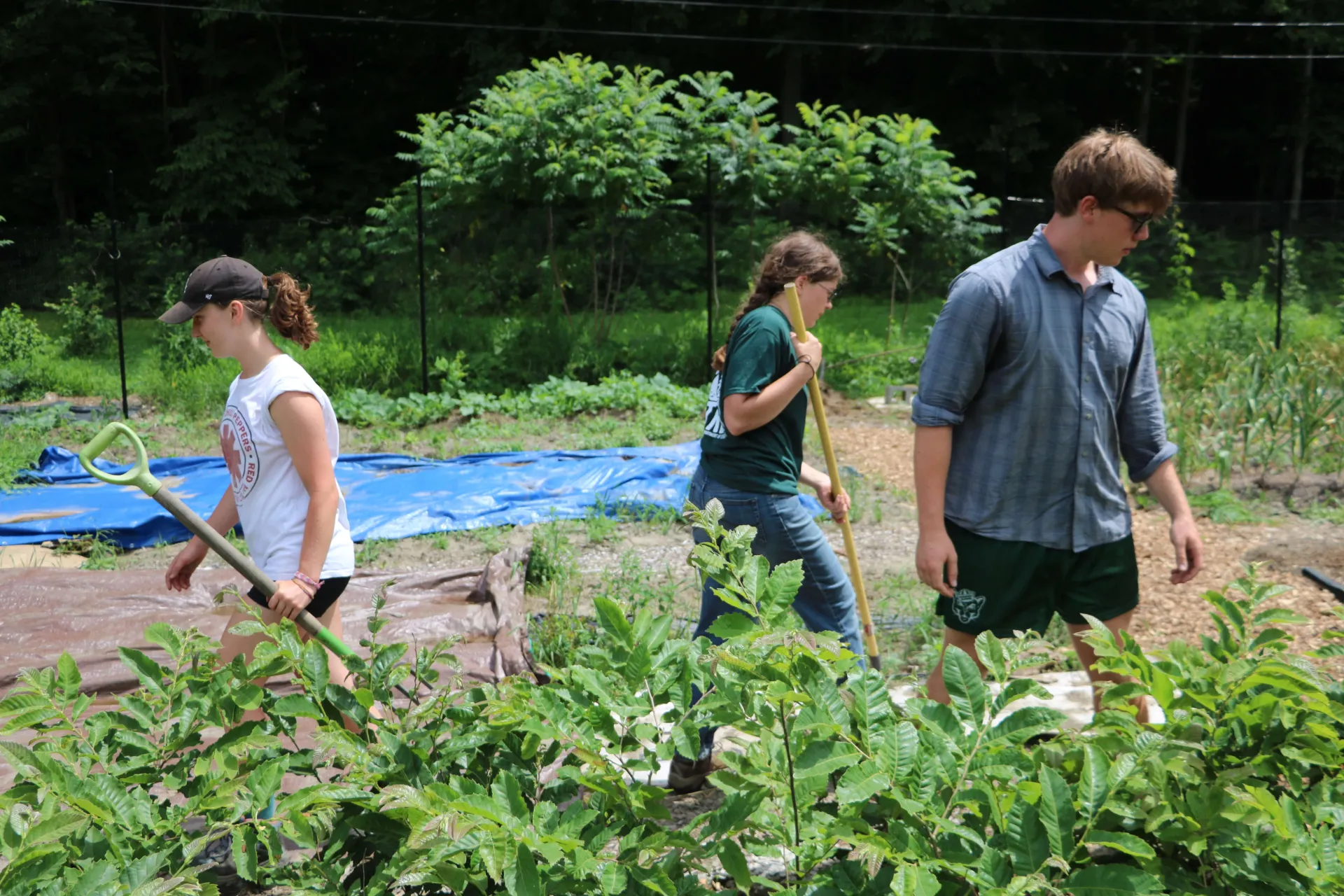
Addressing Food Security Through Community Gardens
Three University of Vermont students are spending their summer in Sharon, Vermont, rebuilding community gardens along the White River and supporting sustainability education and food access through local schools.
“Quinn, Isabelle, and I have been working for the last month or so as interns rehabbing this garden,” said Kate Cesario, an environmental sciences major from Illinois. “The produce we grow will be donated to local food shelves.”
In addition to growing lettuce, beans, peppers, brassicas, and an expanse of fruit trees, the trio is particularly excited about their thriving collection of blight-resistant American chestnut trees.
“Chestnut trees used to grow across the Northeast, until about a hundred years ago when the population was almost completely wiped out by blight,” said Isabelle Whightman, a geography major from Barre. “This is kind of an effort to help bring American chestnut trees back.”
Beyond the community garden, the interns help maintain raised-bed gardens at Bethel Elementary School and oversee composting efforts at the Sharon Academy. Their involvement supports Vermont’s Community Schools model, which promotes partnerships between schools and local organizations to meet the needs of students and families.
“It’s been great to go around and see how happy people are to have interns helping out,” said Quinn Gallant, a Sustainability, Ecology, and Policy major from Braintree. “I grew up a few towns over, and a lot of folks around here are doing so much on their own. It’s nice to be here and try to help take some of the load off, especially for places that can’t afford extra help.”
The equipment was funded through the Community Schools Grant, which aims to increase access to shared community resources.
“The school got a grant a few years ago to get a bunch of machines,” McKersie said. “They wanted me to come in and figure out how to make it more integrated for staff, the students, and hopefully even the community.”
McKersie is rolling out a wide range of tools in the makerspace—including a laser engraver, vinyl cutter, 3D printers, embroidery machines, and a heat press. With these, he is producing nearly 50 custom-engraved wooden signs to help hikers and bikers navigate the town’s trail system, which connects the school with other parts of the community.
“The idea is to look at all of these pieces of land as one system,” said Chris Fors, McKersie’s internship host and a land use planner. “The school has a 17-acre forest and athletic fields, which make up another 12-acre parcel. We have a conservation piece just north of that, and private parcels with landowners offering access. In the past, committees would only focus on their own land, but now everything is being integrated through this trail system. It’s pretty neat.”
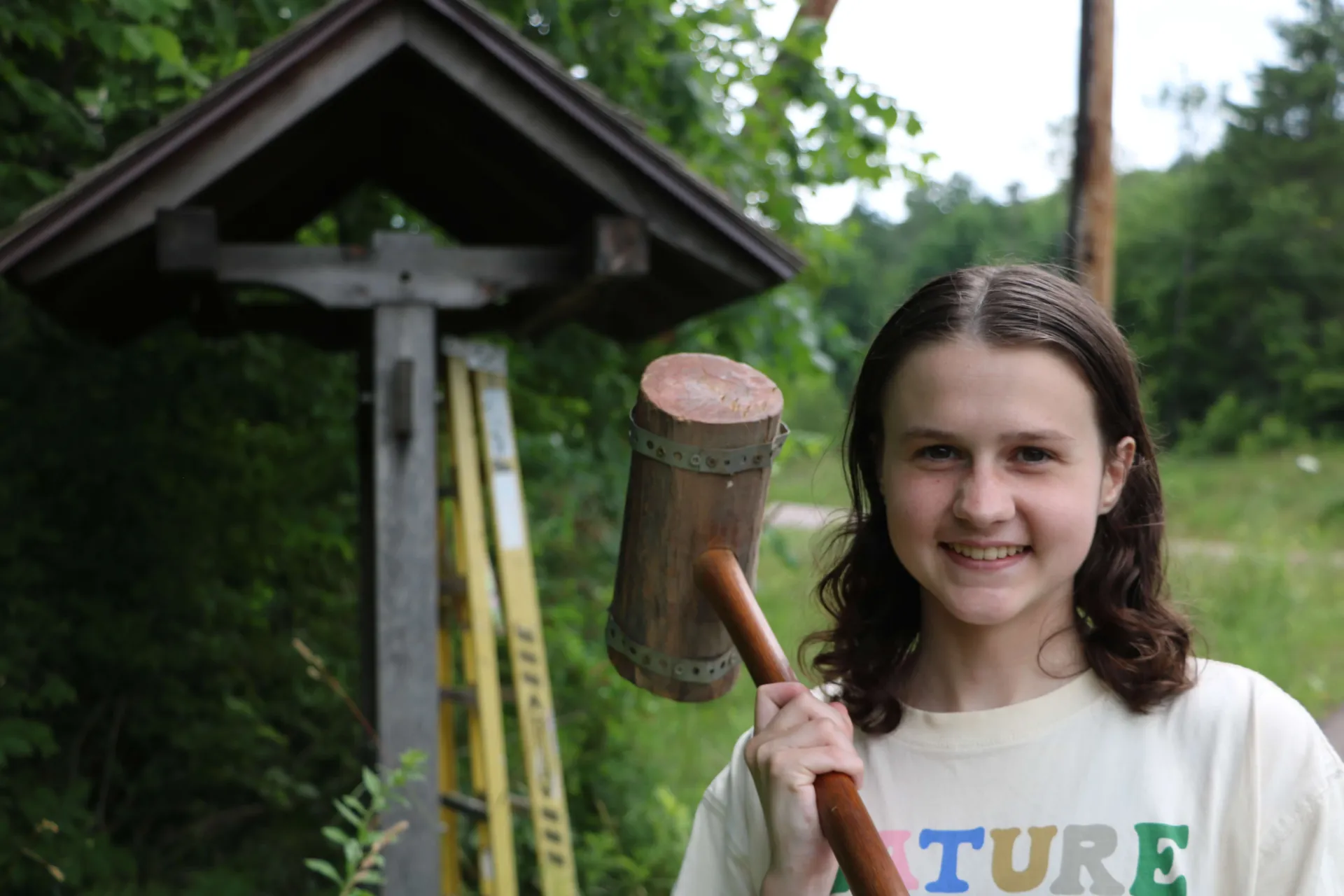
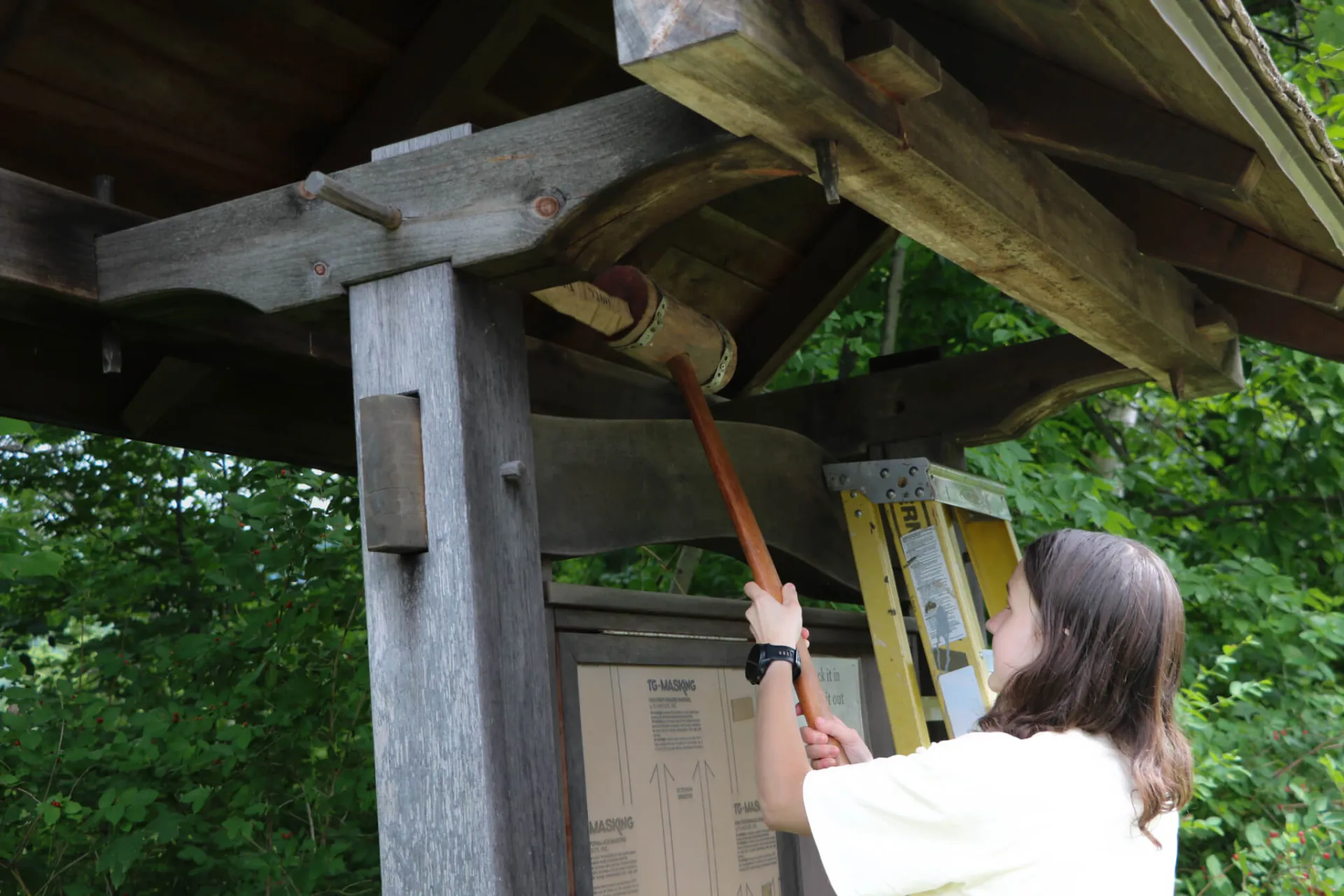
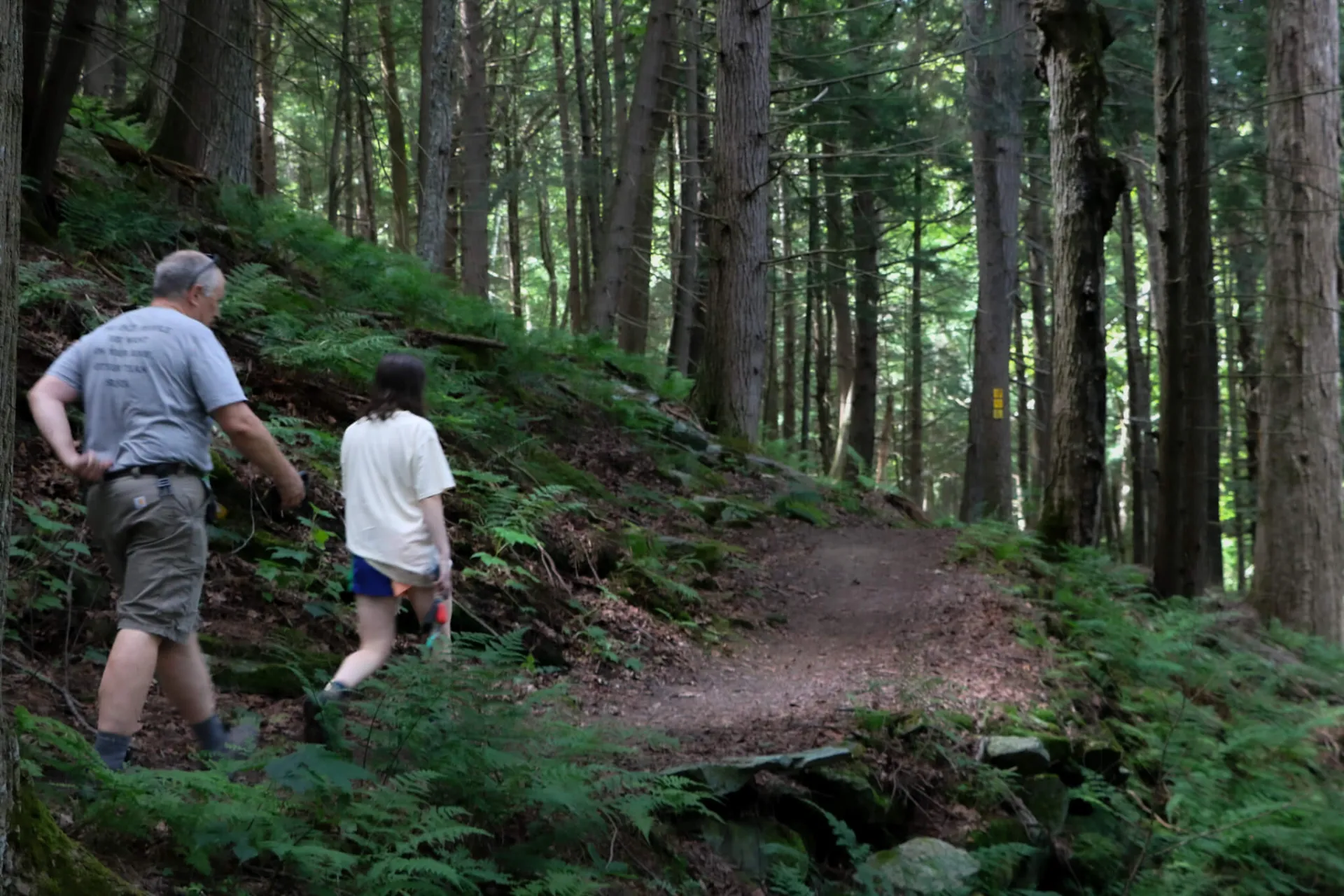
Building Community Through Trails
A network of new trails behind Bethel Elementary School continues to take shape, thanks to dedicated local volunteers, community planners, and interns like UVM geography major Ella Szczepanski.
Building Community Through Trails
A rising junior from Farmington, Connecticut, Ella has devoted her summer to trail building and community engagement in the White River Valley, helping to expand Bethel’s developing trail network.
“The trails built last summer behind the school are mostly done, but we need to do some reroutes to make certain areas less steep and easier to navigate,” said Ella. “We’re going to organize some workdays so volunteers can help us make this go faster.”
Ella and her supervisor, town planner Chris Fors, have been tackling the more challenging terrain to ensure the paths are accessible to as many community members as possible. One significant project involves relocating several covered kiosks—originally installed in flood-prone areas after Hurricane Irene—onto the trail network, where they will serve as information hubs.
“I’m still not exactly sure what I want to do post-graduation,” Ella admitted. “But I was looking for an internship opportunity that might give me experience doing anything outdoors. I was concerned this internship might be isolating, being out on the trails, but I’ve been able to interact with so many members of the community. That’s been really cool.”
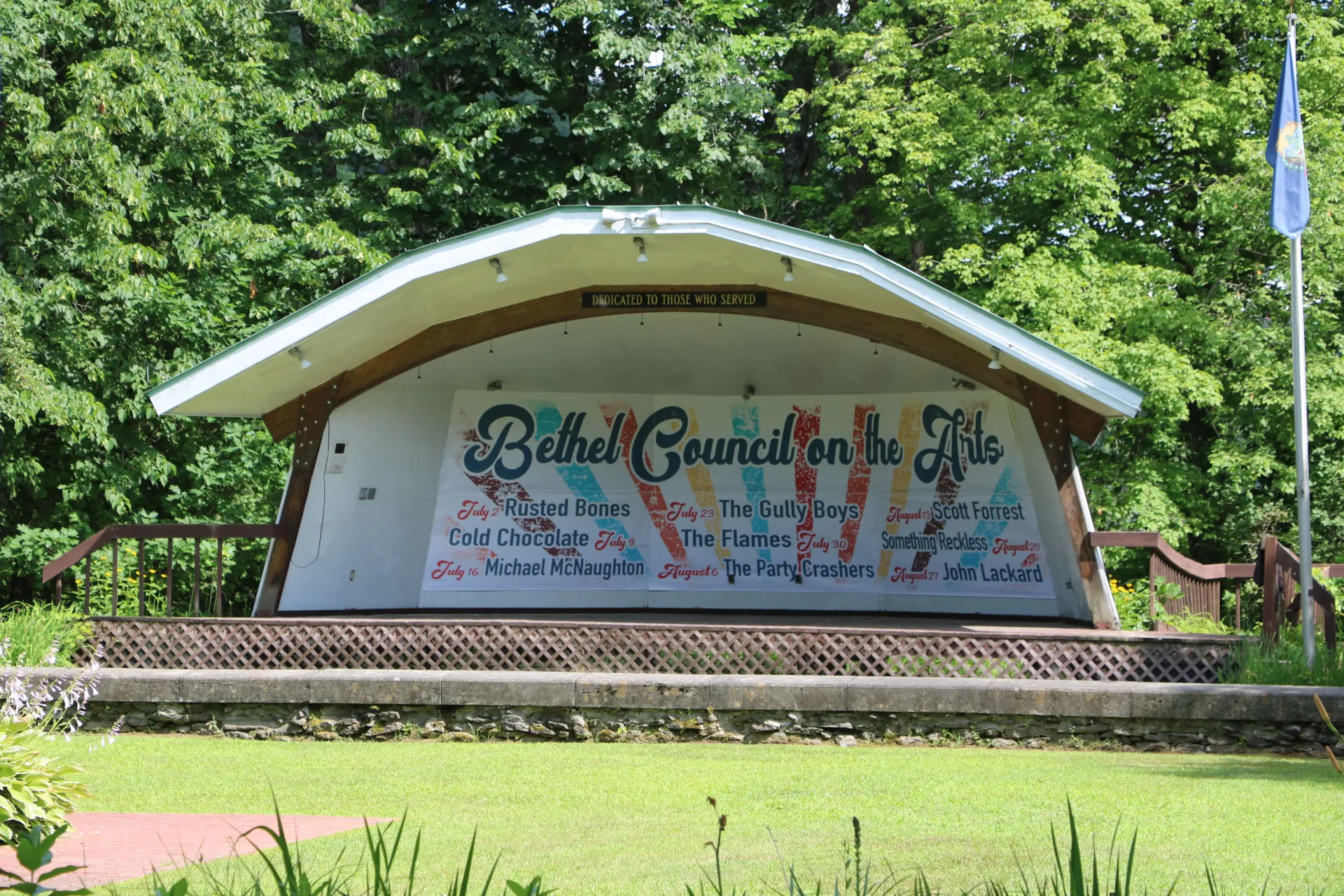
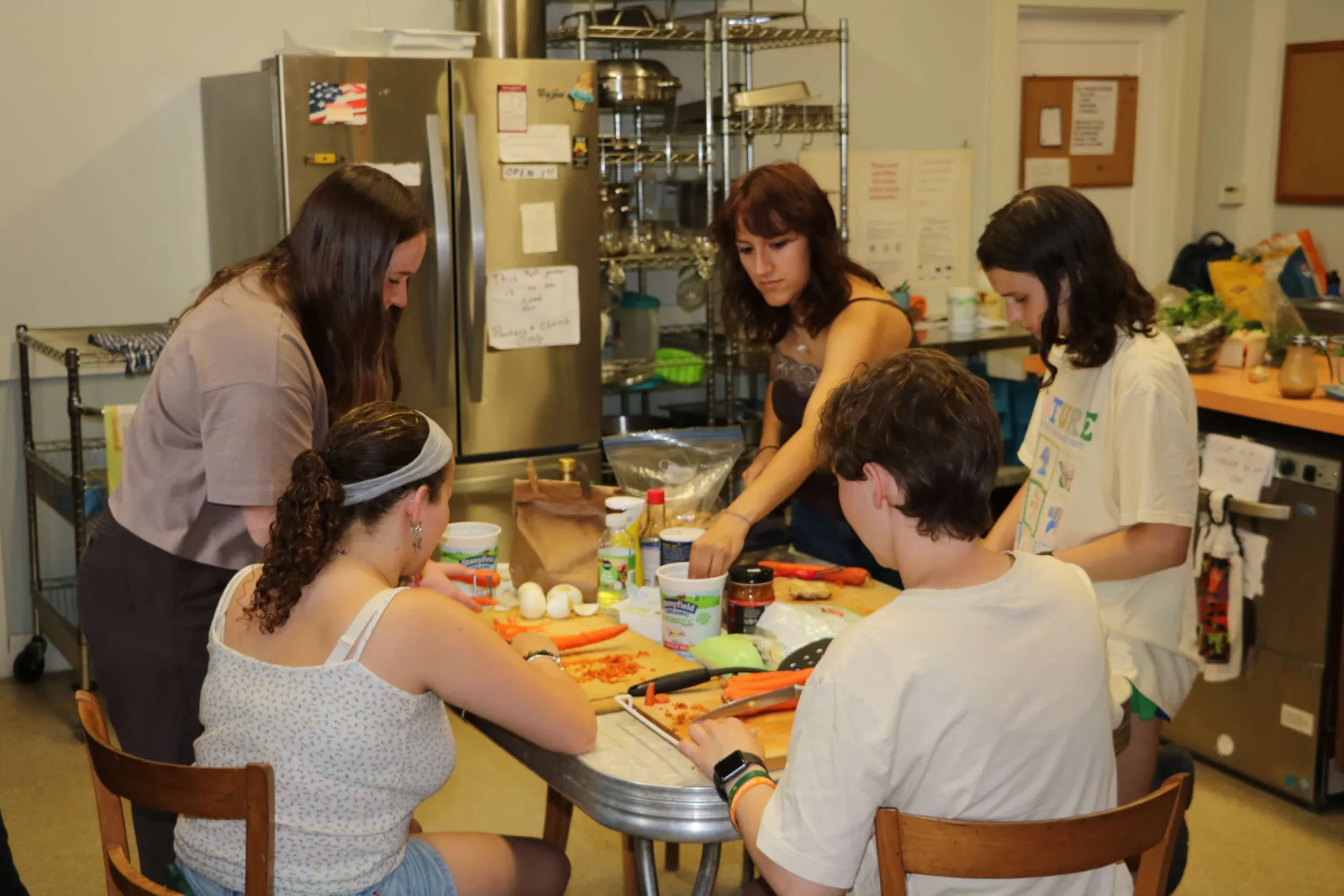
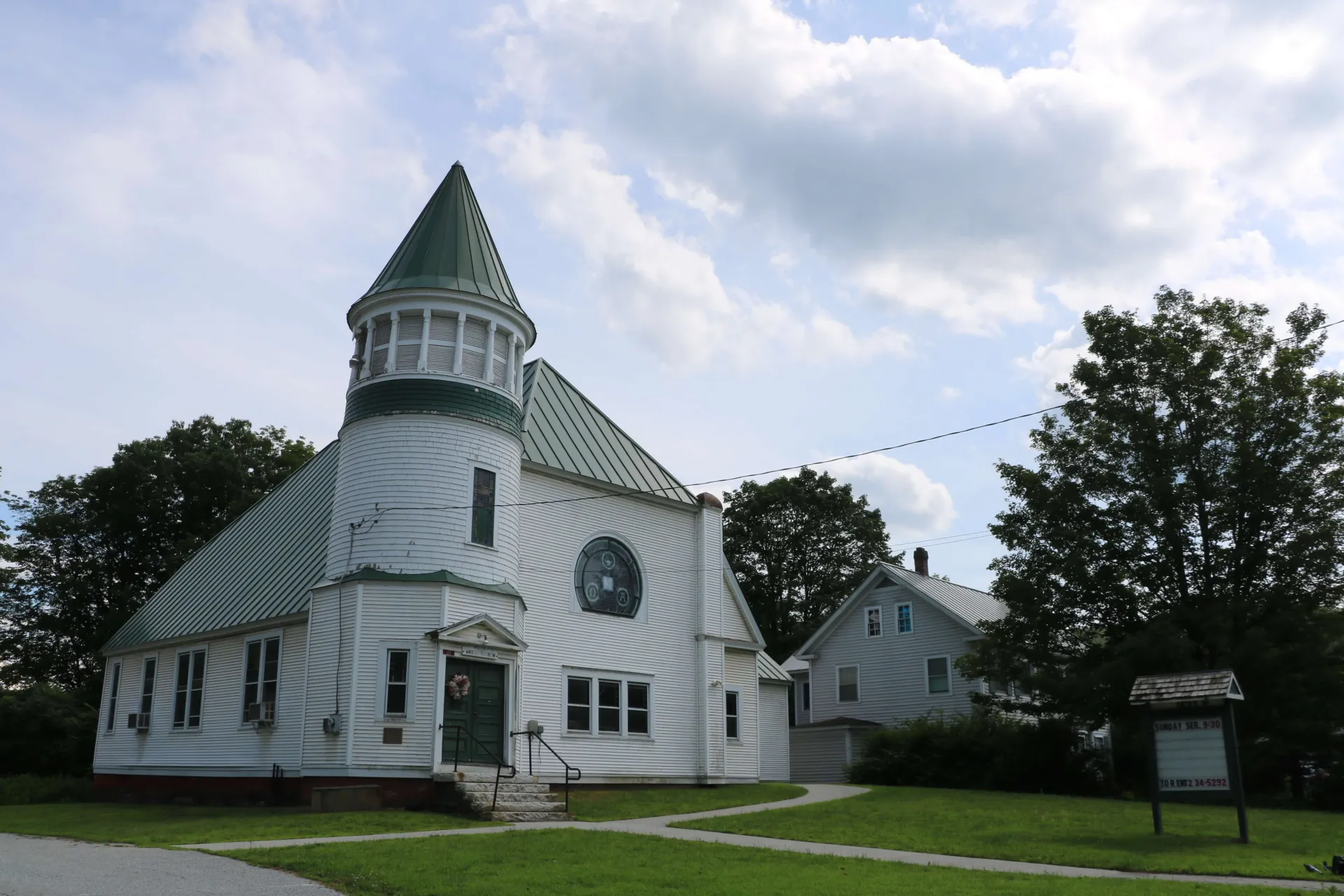
Relaxing by the Bandshell With Locals
After long days of hands-on community improvement, cohort members gather with local residents to unwind with food and live music at the town bandshell, located right next to the interns’ meeting space at a local church.
The shared public space also becomes a stage for the interns’ weekly “pop-up market.” Thanks to a mobile event trailer—supplied by the town—bandshell events double as street fairs and community resource hubs.
“One tent, we were offering tech help. One tent, we had some pizza and cookies that we had made,” said Kristen Andrews, Outreach and Engagement professional with the University of Vermont. “Each intern will have a week where they run a little pop-up tent that showcases the work they’re doing.”
